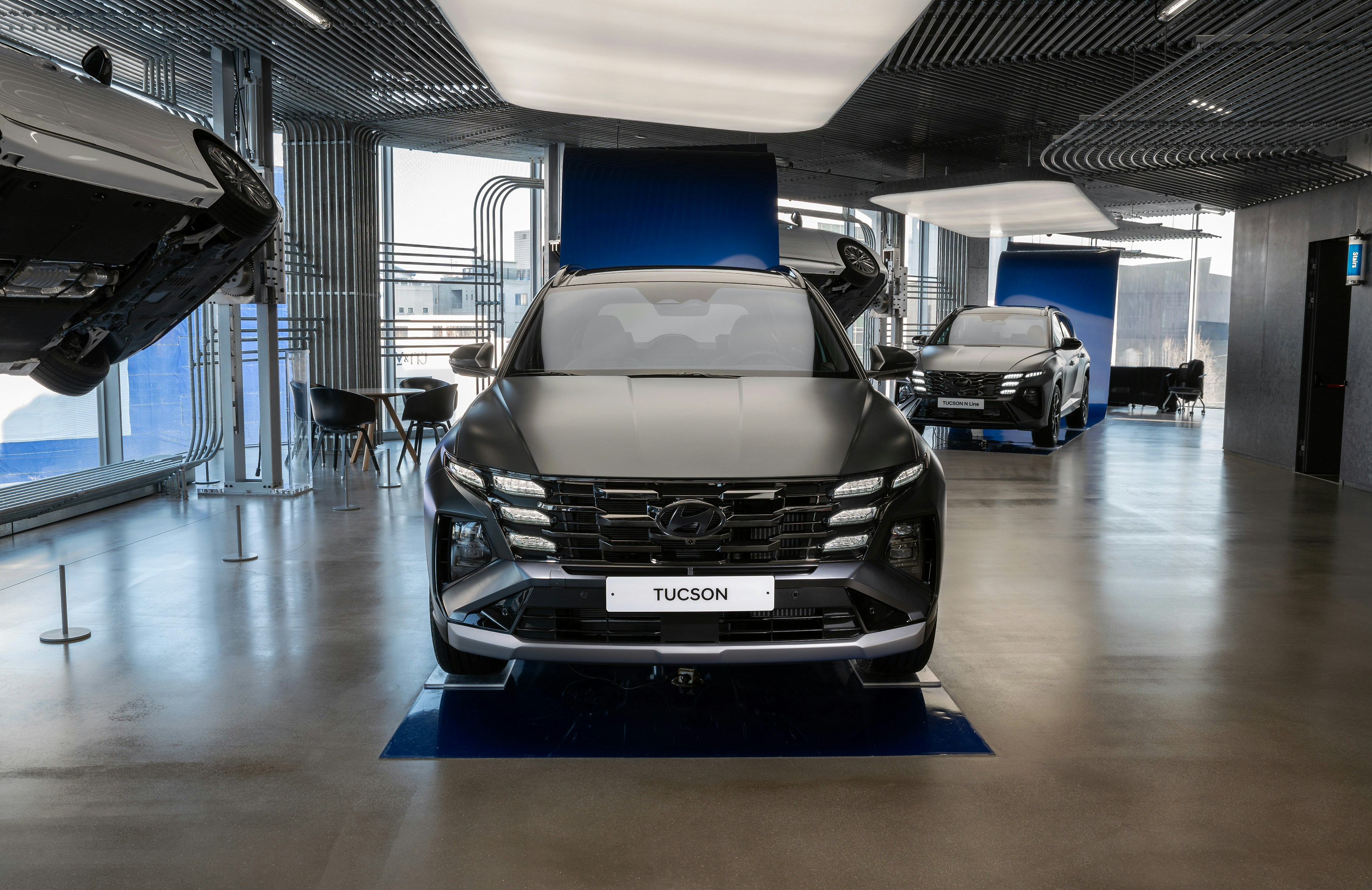Luxury SUV Deals: Smart Ways to Save on Premium Rides
Luxury SUV deals can feel like a maze—MSRPs, incentives, lease money factors, and CPO warranties all influence the final number you pay. The good news: with a clear strategy and realistic expectations, you can secure a premium vehicle at a competitive price without compromising on features or safety. Here’s a practical guide to understanding the market, comparing options, and spotting genuine value in your area.

What makes a luxury SUV deal “good”?
A strong deal aligns the vehicle’s total value with your needs, not just a low monthly payment. Consider the full picture: dealer discounts, manufacturer incentives (cash, loyalty, conquest), and finance or lease terms. On a lease, focus on residual value, money factor, and total due at signing—not just the advertised monthly rate. For financing, compare APR with pre-approval from your bank or credit union to pressure-test dealer offers. If you’re open to certified pre-owned (CPO), weigh warranty length and inspection standards alongside mileage and maintenance history.
bulk_create_keyword as a smarter search tactic
You may see the term bulk_create_keyword in digital campaigns or SEO tools. Think of it as a reminder to search with precise keywords that reflect your intent. For example, combine model names with phrases like “lease cash,” “CPO warranty,” “demo vehicles,” or “local services in your area” to surface more relevant promotions. Being specific—such as “Audi Q7 CPO warranty terms” or “BMW X5 lease money factor in your area”—helps you compare like-for-like offers and filter out generic ads.
Lease, finance, or CPO: which path fits you?
Leasing can be attractive on luxury SUVs because strong residual values may lower monthly payments. It makes sense if you value the newest tech, stay under mileage limits, and prefer predictable costs. Financing suits long-term keepers and high-mileage drivers; you’ll build equity and avoid lease-end charges. CPO bridges value and peace of mind: recent model years with factory-backed warranties, often at a substantial discount versus new. Evaluate your usage, planned ownership timeline, and appetite for maintenance costs to pick the right route.
Timing, negotiation, and trade-ins
Deal availability ebbs and flows with inventory and sales goals. While there isn’t a single “best day,” you may find more flexibility when dealers aim to meet targets, during clearance events, or when new trims arrive and prior inventory needs to move. Negotiate the out-the-door price rather than focusing on a monthly payment alone. Get a firm appraisal for your trade-in from multiple sources (online instant offers and local dealers) to strengthen your position. If you need delivery or add-on accessories, request itemized quotes ahead of time to avoid surprises.
Real-world pricing insights
Below are typical price ranges for popular luxury SUVs and how shoppers often see them positioned. These are broad estimates based on recent model years and commonly advertised structures; actual pricing varies by region, inventory, and credit profile.
| Product/Service | Provider | Cost Estimation |
|---|---|---|
| BMW X5 (xDrive40i) | BMW | MSRP commonly around $66,000–$70,000; leases in many areas often in the $799–$919/mo range with ~$5,000–$6,000 due at signing; CPO late-model examples frequently about $45,000–$60,000, depending on mileage and options. |
| Mercedes-Benz GLE 350 | Mercedes-Benz | MSRP commonly around $62,000–$67,000; leases often in the $799–$949/mo range with ~$5,000–$6,500 due; CPO pricing often mid-$40,000s to mid-$50,000s. |
| Audi Q7 (45/55) | Audi | MSRP commonly around $60,000–$75,000 depending on powertrain; leases often in the $799–$999/mo range with ~$5,000–$6,000 due; CPO often about $40,000–$55,000. |
| Lexus RX 350 | Lexus | MSRP commonly around $50,000–$60,000; leases often in the $599–$749/mo range with ~$4,000–$5,000 due; CPO often about $35,000–$50,000. |
| Volvo XC90 (B6) | Volvo | MSRP commonly around $57,000–$70,000; leases often in the $699–$899/mo range with ~$4,500–$6,000 due; CPO often about $38,000–$52,000. |
Prices, rates, or cost estimates mentioned in this article are based on the latest available information but may change over time. Independent research is advised before making financial decisions.
Evaluate total cost of ownership
A low payment can hide higher long-term costs. Factor in premium fuel recommendations, insurance for high-value vehicles, tire replacement (19–22 inch sizes can be costly), maintenance plans, and depreciation. If you drive more than average, seek higher mileage allowances on leases or consider financing. For CPO, confirm what’s covered and what’s deductible. Ask for a line-by-line out-the-door quote: vehicle price, doc fees, taxes, registration, add-ons, and protection packages. That clarity makes cross-shopping simpler and fairer.
How to verify the fine print
Before signing, check lease money factor, residual percentage, acquisition fees, disposition fees, and any mileage overage charges. For financing, verify APR, loan term, and prepayment conditions. Cross-reference the window sticker (or build sheet) with the quoted VIN to confirm options and packages. If using local services—like at-home test drives, mobile appraisals, or delivery—ask whether fees apply. Finally, test every key feature (driver-assist, infotainment, air suspension, seating configurations) during the test drive to ensure the vehicle matches the listing.
Conclusion
The best luxury SUV deal balances headline price with real value—solid terms, transparent fees, and a vehicle that suits your lifestyle. By searching with precise keywords, comparing lease and finance math, considering CPO coverage, and scrutinizing the total cost, you can narrow in on offers that are genuinely competitive in your area and aligned with your long-term ownership goals.






